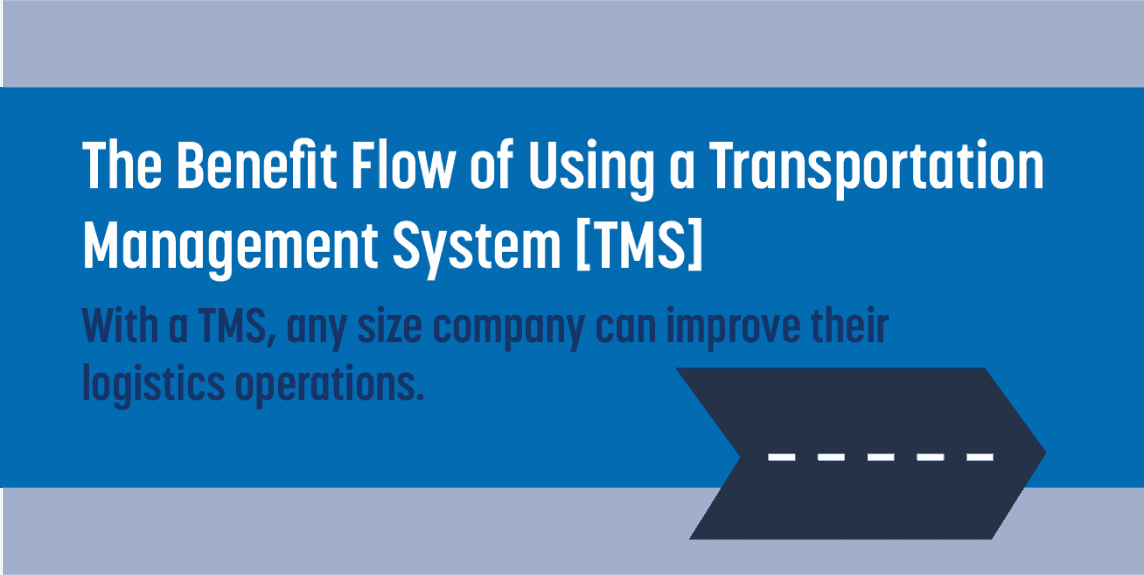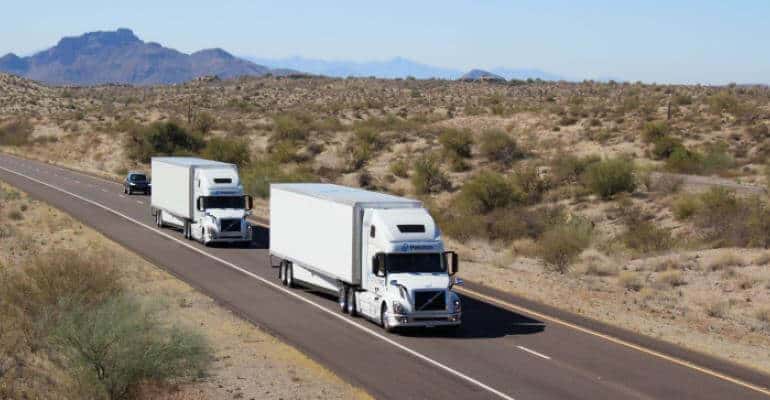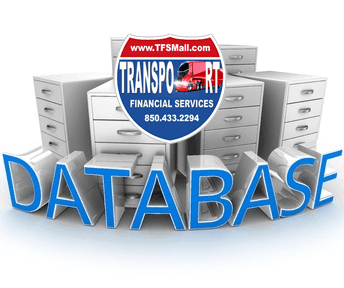Making a decision about which one to utilize can be based on a variety of reasons…typically these reasons come down to two…Budget and Features!
HaulFox, a provider of transportation management software for freight brokers, has partnered with freight-tracking technology provider FourKites to enhance supply chain visibility, the companies said in a joint announcement.
FourKites’ technology collects shipping location and status information in real time from more than 60 onboard GPS systems, electronic logging devices, trailer tracking devices and driver cell phones.
Using that technology, HaulFox customers gain access to accurate shipment locations and estimated time of arrival, including predictive weather and traffic impact on delivery times, every 15 minutes.
“Hours-old visibility updates were acceptable in the past, but now shippers expect their freight brokers to know where an 80,000-pound truck hauling $100,000 worth of cargo is at any given time,” said Jonathan Drouin, HaulFox founder and chief operating officer.
“FourKites and HaulFox share a unique view on supply chain automation and the enormous amount of efficiency it can provide for customers,” said Matt Elenjickal, CEO and founder of FourKites. “Integrated together, the platform takes the guesswork out of tracking valuable shipments across the country.”



















